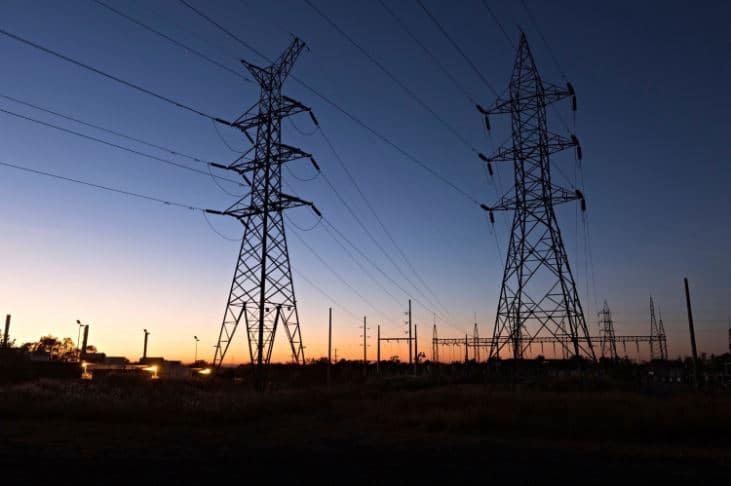The CopperString 2.0, a 1,100-kilometre high-voltage transmission line set to run between Mt Isa and Townsville in North Queensland (QLD), which received an $11 million boost from the Federal Government last week, and this week the project has received another significant boost in the project secured a major $17 million financing agreement with Korea Zinc Company Limited.
The $1.7 billion project is being hailed as the nation’s largest geographical expansion of the NEM as it would integrate QLD’s isolated northwest power supply. Moreover, the link would bring enormous tracts of land previously closed to solar and wind development into the fray, along with large deposits of minerals key to the energy transition.
Indeed, Sydney-based Vast Solar is among those who have already identified QLD’s northwest for investment with plans to develop a $600 million hybrid power plant in Mount Isa. The project will combine solar PV, a large-scale battery and gas engines with a 50 MW solar thermal facility, and help the Queensland Government build out its Northern Renewable Energy Zone (REZ).
QLD Premier Annastacia Palaszczuk added that not only will CopperString 2.0 “open up land for the development of more solar and wind generation” but also “support renewable generation capacity for a hydrogen export industry.”
In November 2020, the newly re-elected Palaszczuk became the first state Premier in Australia to establish a ministry for hydrogen in her government.
QLD’s Deputy Premier Steven Miles called the project potentially “the most transformative project for the North Queensland economy since the construction of the Great Northern Railway reached Mount Isa in 1929.”
Critical minerals
The Korea Zinc Company, a world leading mineral processor, is also the parent company of Townsville-based Sun Metals, whose zinc refinery is the second-largest single-site energy consumer in Queensland. Last year Sun Metals pledged to power its entire operations with 100% renewable electricity by 2040, with an interim target of 80% by 2030. Sun Metals also developed its own 125 MW solar farm in 2018 to lower the cost of running its refinery which was then on the verge of expansion.
No doubt Korea Zinc’s investment is a signal of its interest in unlocking QLD’s northwest enormous mineral potential. Resources Minister and Member for Townsville Scott Stewart said the International Energy Agency’s(IEA) latest prediction is that 80% of growth in electricity demand will be in renewables to 2030. “That means more worldwide demand for critical minerals including cobalt, copper and vanadium,” Stewart continued. “Queensland has the metals needed for renewables and computers, tablets and mobile phones that will be in higher demand.”
Korea Zinc’s Vice Chairman, Yun Choi, said he sees great potential for CopperString to strengthen the industrial and clean energy ecosystem across the Townsville to Mount Isa corridor. “This regional economic development opportunity is important to Sun Metals and Korea Zinc, and is a strong element of our interest in supporting the CopperString project,” said Choi. “We look forward to continuing our collaboration with the Palaszczuk Government and CopperString in relation to minerals processing, renewable energy and hydrogen development.”
This content is protected by copyright and may not be reused. If you want to cooperate with us and would like to reuse some of our content, please contact: editors@pv-magazine.com.









By submitting this form you agree to pv magazine using your data for the purposes of publishing your comment.
Your personal data will only be disclosed or otherwise transmitted to third parties for the purposes of spam filtering or if this is necessary for technical maintenance of the website. Any other transfer to third parties will not take place unless this is justified on the basis of applicable data protection regulations or if pv magazine is legally obliged to do so.
You may revoke this consent at any time with effect for the future, in which case your personal data will be deleted immediately. Otherwise, your data will be deleted if pv magazine has processed your request or the purpose of data storage is fulfilled.
Further information on data privacy can be found in our Data Protection Policy.